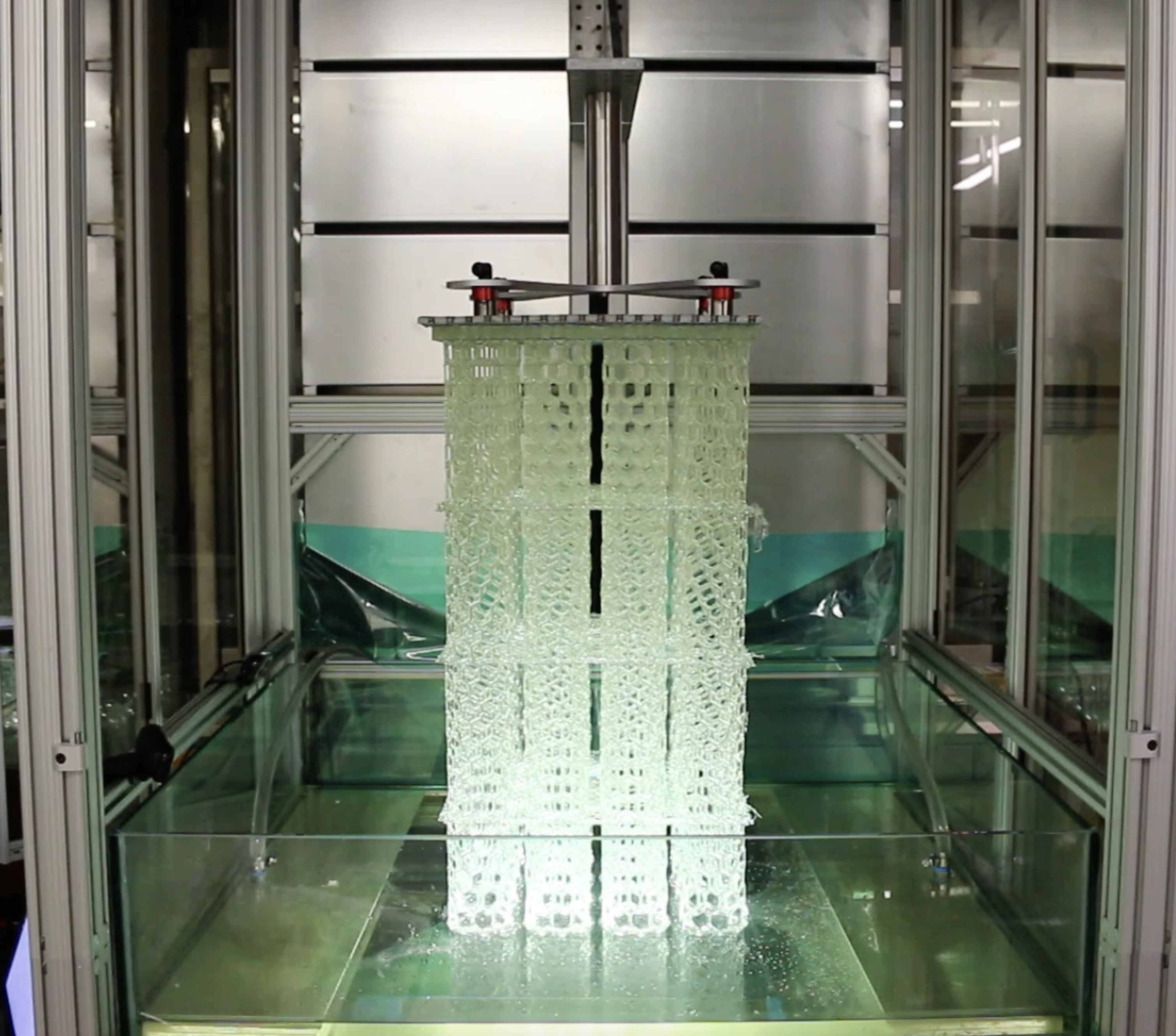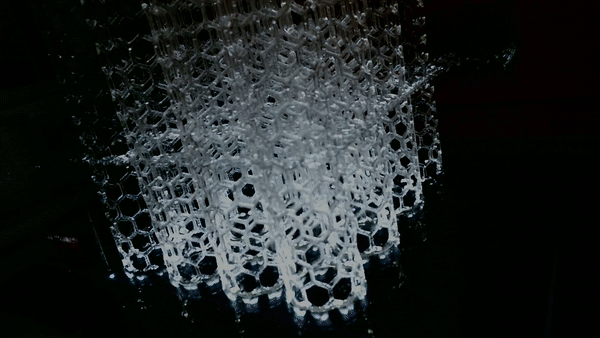Up and coming 3D printer manufacturer Azul 3D has raised an additional $4.6M in its latest round of seed funding, bringing its total financing to date to around $12.5M. The Illinois-headquartered start up made the announcement on Monday, stating that it plans to use the funds to further develop its proprietary high-area rapid printing (HARP) technology and launch its first set of commercially available machines.
This round brought with it a whole host of new big-name investors, including former Berkshire Hathaway manager Louis A. Simpson, former 3D Systems chairperson Wally Loewenbaum, and former Stratasys Direct Manufacturing CEO Joe Allison. Azul also accredits Hugh Evans, former senior vice president of corporate development at 3D Systems, with a major portion of the funding.
Chad Mirkin, Co-Founder and Chair of Azul 3D, states: “Investors recognize the paradigm shifting and disruptive nature of Azul’s proprietary HARP 3D printing technology.”

High-area rapid printing technology
Originally developed at Northwestern University, details of the HARP system finally entered the public eye in late 2019 when Azul 3D had already spun off. The resin-based SLA printer claims to be able to print a record-breaking half a yard (457.2mm) an hour. It stands 13 feet tall and is capable of fitting an adult human in its build chamber. With the technology, Azul expects to be able to significantly lower upfront and sustained manufacturing costs for a wide variety of industries.
HARP was originally developed as a remedy to resin printing’s limitations. Instead of choosing between high print speeds and large build volumes, Azul wanted to give customers the best of both worlds. It does this by utilizing a non-stick fluorinated oil at the base of the resin bath. The oil serves to remove heat from the part while preventing adhesion between the most recent layer and the bottom of the resin vat. As a result, large HARP printed parts tend not to crack and have higher print adhesion rates, despite the force of gravity wishing otherwise.
David Walker, Co-Founder and CTO of Azul 3D, explains: “That’s the big difference between HARP and traditional manufacturing as well as many other forms of 3D printing, which either don’t have the throughput or material properties to meet the required specifications. We don’t have to change a whole assembly line or machine new molds. The concerns that accompany a stressed supply chain simply vanish.”

The fight against COVID-19
Over the past few months, Azul’s facilities have been putting their high throughput capabilities to work by printing PPE for medical professionals, prisons, and members of the Navajo Nation. As it stands, the team is producing 1000 face shield components every 12 hours on each of its HARP 3D printers. The first set of systems will be shipped to beta partners in early 2021 while a full launch is being planned for late 2021.
Walker concludes: “One of the reasons we’re doing so well is because our technology offers a solution to unexpected surges in demand and supply-chain bottlenecks that occur during global crises, such as in the current pandemic. With the ability to manufacture nearly anything quickly and on demand, we can meet these unexpected needs as they arise to quickly fill gaps in the supply chain.”
Azul is not the organization with an eye for large-scale resin 3D printing. Last year, Formlabs made its move into the marketspace with the release of the Form 3L 3D printer. The machine has a build volume of 335 x 200 x 300mm, and is primarily aimed at dental and design professionals. Elsewhere, in the UK, SLA specialist RPS has previously made its mark on the sector with the launch of the NEO800 3D printer. The industrial resin machine can hold 630kg of feedstock and has an impressive build volume of 800 x 800 x 600mm.
The 4th annual 3D Printing Industry Awards are coming up in November 2020 and we need a trophy. To be in with a chance of winning a brand new Craftbot Flow IDEX XL 3D printer, enter the MyMiniFactory trophy design competition here. We’re happy to accept submissions until the 30th of September 2020.
Subscribe to the 3D Printing Industry newsletter for the latest news in additive manufacturing. You can also stay connected by following us on Twitter and liking us on Facebook.
Looking for a career in additive manufacturing? Visit 3D Printing Jobs for a selection of roles in the industry.
Featured image shows timelapse of HARP 3D printing process, sped up x100. Video via Northwestern University.



